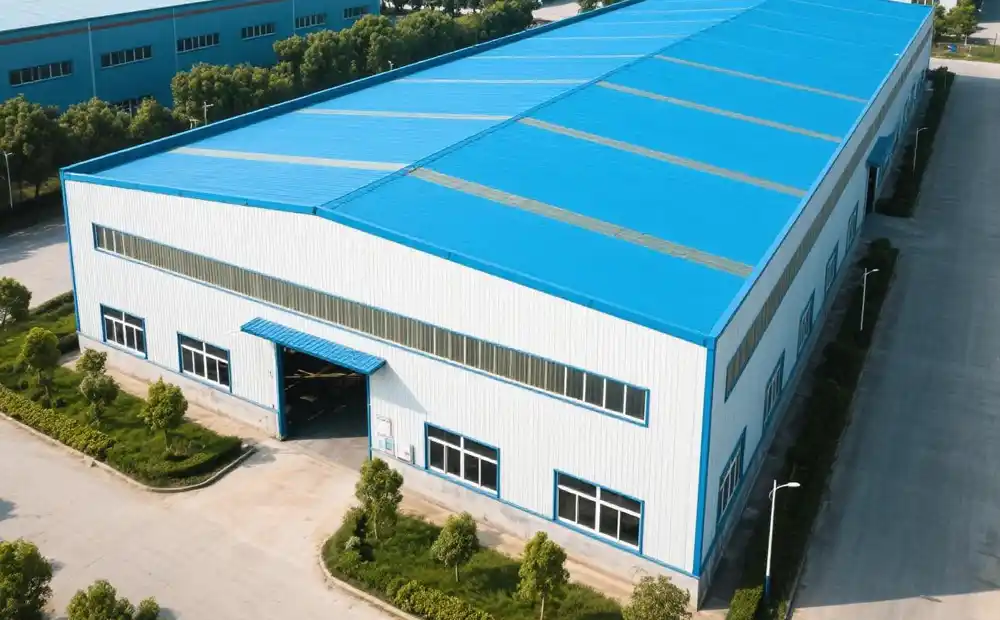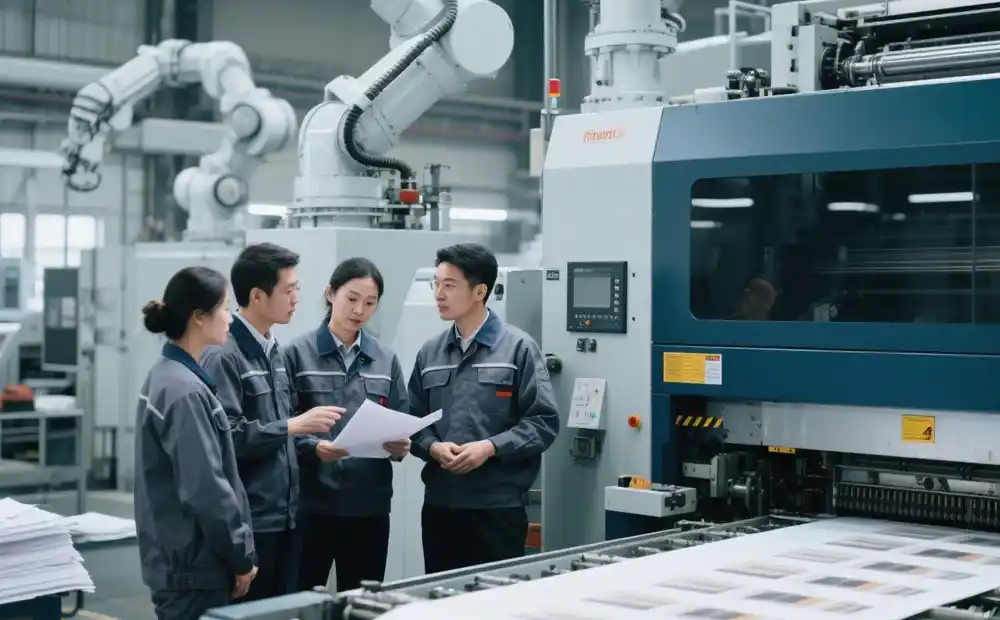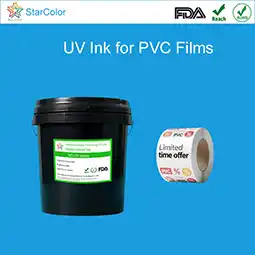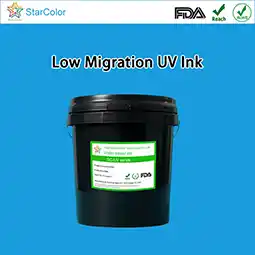Case: Printing factory uses StarColor flexo water-based ink
Date: Jun 10 2025 From: Star Color Views:
I. Introduction
Under the dual pressures of fierce competition in the printing industry and increasingly strict environmental policies, many printing factories are actively seeking breakthroughs. A printing factory located in Guangdong, China (hereinafter referred to as "the Factory"), a small-to-medium-sized enterprise specializing in packaging printing, also faces challenges such as low production efficiency, unstable printing quality, and high environmental pressures.Low-end water-based inks suffer from issues like unstable quality and significant color differences, and they also generate large amounts of volatile organic compounds (VOCs), increasing the enterprise's environmental governance costs. To achieve the dual goals of cost reduction, efficiency improvement, and green transformation, the Factory decided to introduce Starcolor flexo water-based ink. This ink replacement aims to enhance printing efficiency, stabilize printing quality, reduce downtime, respond to national environmental policies, and strengthen the enterprise's market competitiveness.
II. Basic Information of the Printing Factory
(A) Enterprise Overview
Founded in 2010, the Factory employs over 120 people, covers an area of 15,000 square meters, and is equipped with 8 flexographic printing machines. It primarily undertakes packaging printing business for industries such as food and daily necessities, with an annual printing volume of 50 million impressions. The enterprise's original printing technology level was mid-tier in the industry, and using low-end water-based inks, it gradually lost its edge in market competition.(B) Original Printing Issues
- Production Efficiency: Due to the slow drying speed of the original inks, the printing speed was only 8,000 impressions per hour, and frequent plate blocking issues caused frequent production line interruptions.
- Printing Quality: The color reduction was low, with obvious color differences from the design drafts provided by customers, resulting in a customer complaint rate of 15%.
- Downtime: On average, downtime for maintenance due to ink issues reached 12 hours per week, with equipment utilization below 70%.

III. Application Process of Starcolor Flexo Water-based Ink
(A) Ink Characteristics
Starcolor flexo water-based ink uses water as the main solvent and has significant technical advantages and environmental attributes:- Fast Drying: Combined with the printing machine's drying device, it achieves instant drying.
- Strong Color Expression: Using advanced pigment formulations, it accurately restores design colors, with a color gamut coverage of 95%.
- Good Fluidity and Transferability: Less prone to plate blocking or smudging.
- Environmental Protection: Almost no VOCs emissions, compliant with China's Volatile Organic Compounds Emission Standards for the Printing Industry, helping enterprises achieve green production.
(B) Implementation Process of the Switch
After deciding to adopt Starcolor flexo water-based ink, the Factory closely collaborated with Starcolor's technical team to develop a detailed switching plan:- Training: Conducted a 3-day professional training for all printing operators, covering ink characteristics, preparation methods, and printing parameter adjustments.
- Equipment Debugging: Technical personnel optimized the ink path system and drying device to ensure compatibility with water-based inks.
- Transition Phase: Set a two-week transition period to gradually replace the original solvent-based inks, with real-time monitoring and adjustment of printing effects to ensure a smooth switch.
IV. Comparative Analysis of Application Effects
(A) Efficiency Improvement Data
- Printing Speed: Increased from 80 meters per minute to 150 meters per minute, nearly doubling production capacity.
- Monthly Output: Based on 20 working days per month and 8 hours per day, monthly printing volume increased from 1.28 million impressions to 1.92 million impressions.
- Equipment Utilization: Rose from below 70% to over 90%, with basic elimination of production interruptions caused by ink issues.
(B) Quality Stability
- Color Reduction: The color difference ΔE value decreased from 5–8 to within 2, with customer satisfaction with print color increasing from 65% to 95%.
- Print Clarity: Sharper text and pattern edges, with dot transfer rate increasing from 75% to 90%, improving overall print quality.
- Complaint Rate: Reduced from 15% to below 3%.
(C) Changes in Downtime
Average weekly downtime for maintenance due to ink issues was reduced from 12 hours to 2 hours, a decrease of 83%. This not only lowered equipment maintenance costs but also extended equipment service life and improved production efficiency.
V. Summary of Comprehensive Benefits
(A) Cost-benefit Analysis
- Ink Cost: Although the unit price of Starcolor ink is slightly higher, the unit impression cost decreased by 15% due to higher efficiency.
- Labor Cost: Reduced downtime and improved efficiency saved approximately 10% in labor hours, equivalent to an annual labor cost savings of about $41,000 (¥300,000).
- Equipment Maintenance Cost: Annual maintenance expenses decreased by about $20,500 (¥150,000).
- Total Annual Savings: Approximately $82,000 (¥600,000).
(B) Environmental and Brand Value
- Environmental Performance: Almost zero VOCs emissions resolved environmental compliance issues, eliminating high exhaust treatment costs and saving environmental protection expenses.
- Brand Influence: The green production model became a new brand highlight, attracting more environmentally conscious customers. Market share increased from 8% to 12%, enhancing brand competitiveness.
VI. Experience Summary and Future Outlook
(A) Success Experience
- Product Selection: Choosing Starcolor ink that matches production needs laid a solid foundation.
- Technical Collaboration: Close cooperation with Starcolor's team ensured a smooth transition.
- Staff Training: Comprehensive training enabled operators to quickly master new ink usage, ensuring stable production.
(B) Future Plans
- Technical Cooperation: Further explore ink applications in more printing processes and products to expand business scope.
- Intelligent Upgrades: Invest in automated ink dispensing systems and online quality inspection equipment to further improve efficiency and quality.
 RU
RU EN
EN CN
CN















